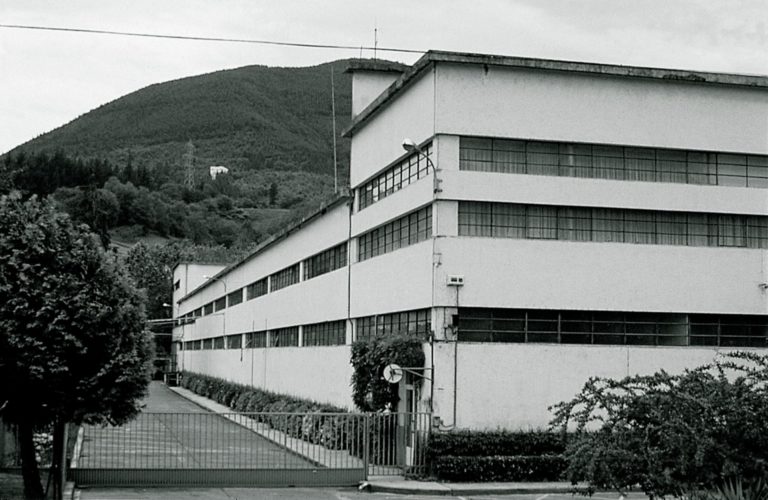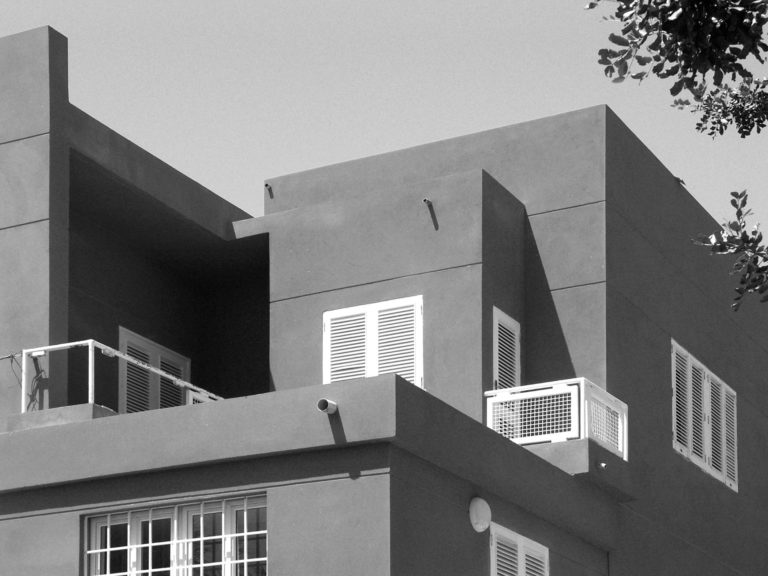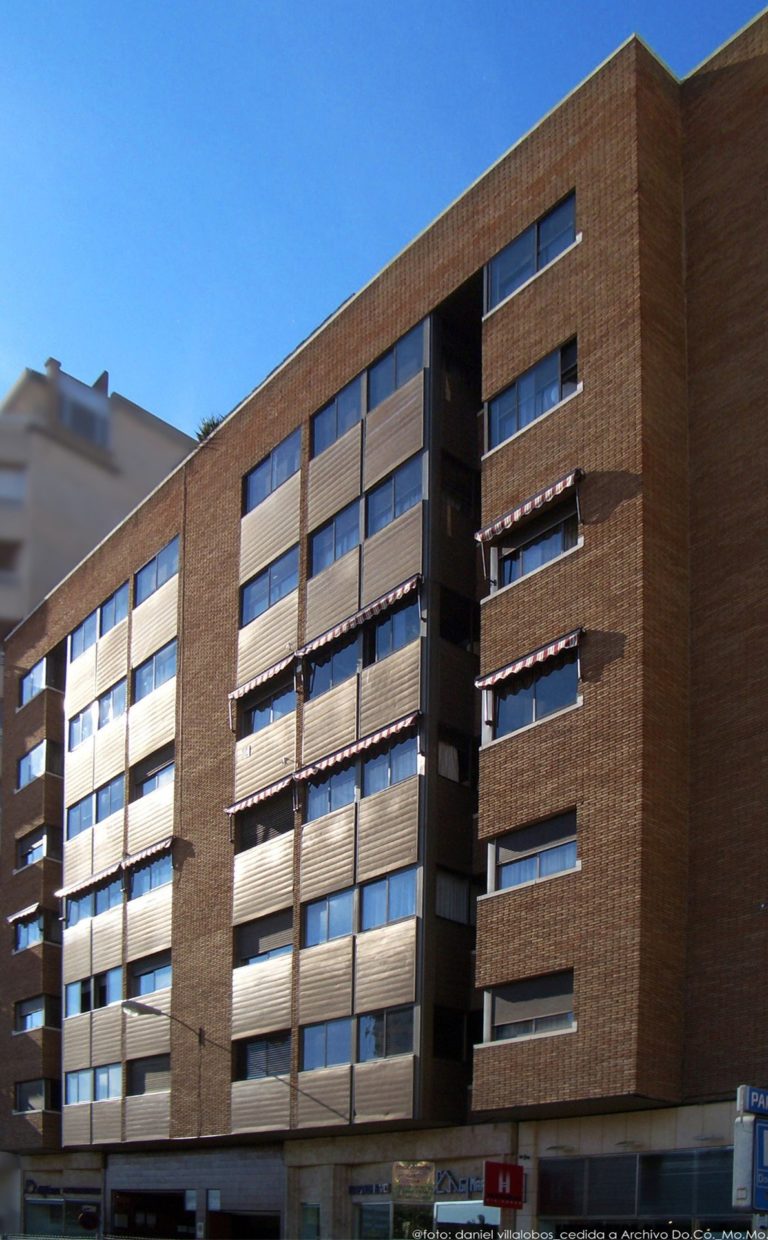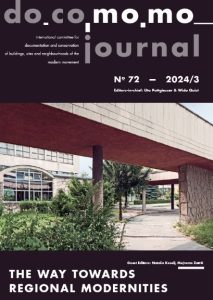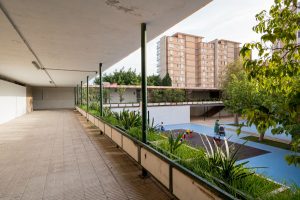Abstract
The existing bibliography about the Marseilles Housing Unit by Le Corbusier – one of the most important housing projects of the 20th century -, explores primarily the study of the unit’s apartments. However, Le Corbusier gives us some clues that make us believe that what exists on the top of the housing block has great relevance. In Les maternelles vous parlent, he focuses his observation on the roofs of the Marseilles and Rézé-les-Nantes’ unités, and publishes, as in uvre complète, an unusual image, where the box-like volume that corresponds to the Marseilles Housing Unit appears only as a white stain, as a base whose only function and aim is to support the objects that are placed on its top. Like Le Corbusier when he drew this image, this dissertation presents the roof as the main object of the composition, a belvedere from which we gaze at the corbusian city, and the starting point from which we formulate the Question concerning the Gathering Place – the same interrogation that Le Corbusier formulated in the moment of the design of this exemplary roof terrace. This question is very relevant in our days, every time we try to define the idea of a gathering place that fits our time, and whenever we come across the difficulties that it implies.
It is commonly accepted that there is a “break with the past” in the genesis of the public places of Le Corbusier’s cities, and that these meeting places imply a separation between past and present. This idea is based, on the one hand, by the misinformed interpretation of some of Le Corbusier’s remarks – given that his statements, making use of expressions such as “machinist civilization”, “the new spirit”, “the architecture of tomorrow”, cloud and obscure all of the links to the past -, and on the other hand, by the concealment of the paradigmatic references of his public places, caused by the blinding power of its innovative character.
However, we realize that, while sketching these places of communal representation, Le Corbusier recreates the magnificent and picturesque spatiality of the public places of Antiquity, places of representation and glorification of the community that were at the core of the foundation of our culture, and that constitute the essence of our tradition: the greek agora, and the roman forum. Through a refined historical sense but also through abstraction – which amounts to one of the most precious conquests of modern thought – and through the voluntary suspension of temporal compartmentalization, as well as the subsequent evolutionary explanations and cataloguing, Le Corbusier makes use of a synchronic vision of the public places of Antiquity, tying the past to the present, establishing intersections between them.
It were the drawings and models of the roof terrace of the Marseilles Housing Unit and other public places by Le Corbusier, that afforded me the clues, as well as his writings and the records of his travels and research, indication of the elements that he may have seen in the past and used while sketching. From then on, it was possible to follow a deductive path to reach the hypothesis and, simultaneously, its confirmation, to a conclusion that emerged from an uncompromised point of view over the object of study. After getting rid of a web of preconceived ideas, on which a biased idea of modernity was built, it is possible to demonstrate that the corbusian gathering place of the postwar period, does not establish a break with the historical past, but it is evidence of the unshakable continuity of human endeavour.
Access the thesis